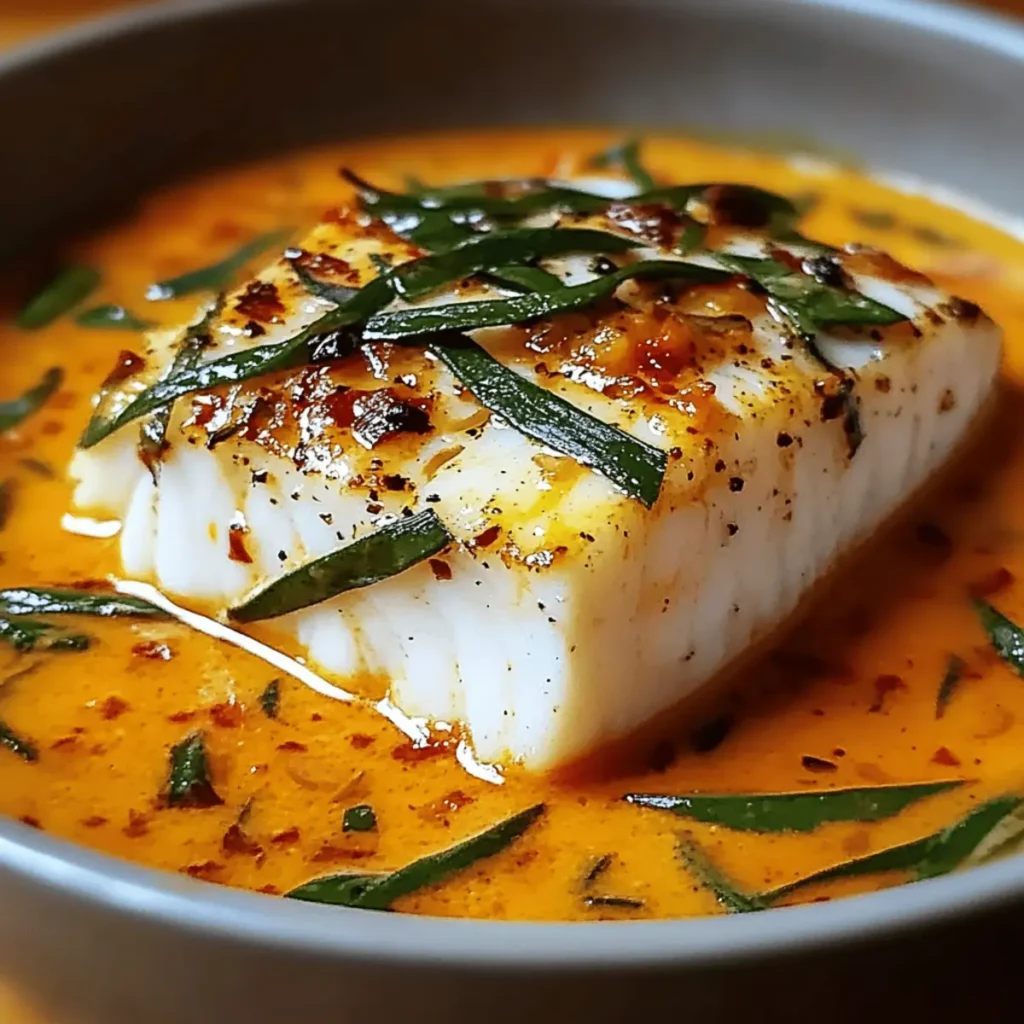Taro ice cream, a delicacy that has been tantalizing taste buds around the globe, is more than just a dessert. It’s an experience. Originating from the starchy root vegetable, taro, this ice cream flavor combines traditional culinary practices with modern dessert trends.
The Origins of Taro Ice Cream
Taro ice cream, a unique and delightful dessert, has its roots deeply embedded in the rich soils of culinary history. The journey of this exotic flavor begins with the taro root, a staple in many Asian and Pacific Islander cuisines. Known for its starchy texture and slightly sweet, nutty flavor, taro has been a fundamental food source for centuries.
The transformation of taro into an ice cream flavor is a relatively recent innovation, a testament to the evolving palate of modern consumers and the fusion of traditional ingredients with contemporary dessert trends. This transition from a savory root vegetable to a sweet, creamy dessert represents a fascinating culinary evolution.
In Asian countries, particularly in regions like Taiwan and Japan, taro has long been used in various sweet and savory dishes. Its introduction into the world of frozen desserts marked a significant step in expanding the flavor profiles of traditional ice creams. The distinct purple hue of taro ice cream, derived from the natural color of the root, adds a visually appealing aspect to this tasty treat, making it not only a delight to taste but also to behold.
The popularity of taro ice cream began to soar as it made its way into the Western palate, initially through Asian diaspora communities and later, capturing the interest of a broader audience. Its unique taste, which differs significantly from more conventional ice cream flavors, quickly garnered a following. People were intrigued by its exotic appeal and the way it seamlessly blended the familiar comfort of ice cream with the novelty of taro.
As the world becomes more interconnected, and as culinary boundaries continue to blur, taro ice cream stands as a symbol of this global fusion. It’s a flavor that not only speaks to the versatility of taro as an ingredient but also to the endless possibilities in the world of gastronomy. This delightful treat is more than just a dessert; it’s a part of a larger story of cultural exchange and culinary innovation.
Nutritional Profile of Taro
Taro, the star ingredient in taro ice cream, is not just known for its unique flavor but also for its impressive nutritional profile. This root vegetable, a staple in many cultures, packs a variety of essential nutrients that contribute to overall health and well-being.
- Rich in Fiber: Taro is an excellent source of dietary fiber, which is crucial for digestive health. Fiber aids in digestion, helps prevent constipation, and can contribute to weight management by promoting a feeling of fullness.
- Vitamins and Minerals: Taro is a treasure trove of vitamins, particularly vitamin A and vitamin C. Vitamin A is essential for eye health and immune function, while vitamin C is known for its antioxidant properties and its role in boosting the immune system. Additionally, taro contains significant amounts of magnesium and potassium. Magnesium is vital for muscle and nerve function, and potassium helps regulate blood pressure and fluid balance in the body.
- Low Glycemic Index: Taro has a low glycemic index compared to other starchy foods. This means it causes a slower rise in blood sugar levels, making it a suitable option for people managing diabetes or those looking to maintain stable energy levels.
- Complex Carbohydrates: The carbohydrates in taro are complex carbs, which provide sustained energy over time, unlike simple sugars that can lead to energy spikes and crashes.
- Antioxidants: Taro contains antioxidants that help combat oxidative stress in the body. These antioxidants can play a role in reducing the risk of chronic diseases and in promoting overall health.
- Gluten-Free: For those with gluten sensitivities or celiac disease, taro is a naturally gluten-free food, making it a safe and nutritious alternative to gluten-containing grains.
Incorporating taro into your diet, whether through taro ice cream or other dishes, can offer these nutritional benefits. However, it’s important to enjoy taro ice cream in moderation, especially if it contains added sugars and fats. As part of a balanced diet, taro can contribute to a healthy lifestyle, offering both flavor and nutrition.
Crafting the Perfect Taro Ice Cream at Home
Creating taro ice cream at home is a delightful culinary adventure that combines the exotic flavor of taro with the creamy richness of ice cream. This homemade version allows you to enjoy this unique treat with the added satisfaction of making it from scratch. Here’s how you can craft the perfect taro ice cream in your own kitchen:
Ingredients:
- Taro Root: The star ingredient. You’ll need about 2 cups of peeled and diced taro root.
- Heavy Cream: For the creamy texture, use about 2 cups of heavy cream.
- Milk: 1 cup of whole milk will add to the creaminess.
- Sugar: About ¾ cup, adjust to taste.
- Vanilla Extract: A teaspoon for that hint of vanilla flavor.
- Salt: Just a pinch to enhance the flavors.
Instructions:
- Prepare the Taro:
- Boil the diced taro root in water until it becomes soft and tender. This usually takes about 20-25 minutes.
- Once cooked, drain the taro and let it cool.
- Blend the Taro:
- In a blender, puree the cooked taro until it’s smooth. If needed, add a bit of milk to facilitate blending.
- Cook the Base:
- In a saucepan, combine the heavy cream, milk, sugar, and a pinch of salt. Heat the mixture over medium heat, stirring until the sugar dissolves.
- Add the taro puree to the saucepan and mix well. Bring the mixture to a slight simmer, then remove from heat.
- Chill:
- Stir in the vanilla extract.
- Transfer the mixture to a bowl and let it cool to room temperature. Then, cover and refrigerate until it’s thoroughly chilled, preferably overnight.
- Churn:
- Pour the chilled mixture into an ice cream maker and churn according to the manufacturer’s instructions until the ice cream reaches a soft-serve consistency. This usually takes about 20-30 minutes.
- Freeze:
- Transfer the churned ice cream to a freezer-safe container. Cover it and freeze until it’s firm, typically about 2-4 hours or overnight for a more solid consistency.
- Serve:
- Scoop and serve your homemade taro ice cream. It’s best enjoyed fresh but can be stored in the freezer for up to a week.
Tips for the Perfect Ice Cream:
- Quality of Taro: Ensure you use fresh, high-quality taro for the best flavor.
- Consistency: Adjust the amount of milk or cream depending on your preferred consistency. More cream will result in a richer, creamier texture.
- Sweetness: Modify the amount of sugar based on your taste. Remember, the mixture will taste less sweet once frozen.
- Color: Taro naturally gives a light purple hue, but for a more vibrant color, you can add a small amount of purple food coloring.
- Variations: Feel free to experiment by adding ingredients like coconut flakes, chopped nuts, or even a swirl of honey for added texture and flavor.
Crafting taro ice cream at home allows you to control the ingredients and their quality, ensuring a delightful and healthier alternative to store-bought versions. This homemade taro ice cream not only offers a unique taste experience but also brings the joy of creating something special in your own kitchen. Enjoy the process and the delicious results!
Taro Ice Cream in Popular Culture
In recent years, taro ice cream has gained popularity in various parts of the world, becoming a staple in many ice cream parlors and dessert menus. Its unique color and flavor make it a trendy choice among food enthusiasts.
Pairing with Other Flavors
Taro ice cream is a unique and versatile dessert that pairs wonderfully with a variety of flavors. Here are some delightful combinations to enhance your ice cream experience:
Coconut Bliss
The tropical flavor of coconut blends seamlessly with taro, enhancing its exotic appeal. Try adding some coconut flakes or coconut syrup for a refreshing twist.
Chocolate Decadence
The richness of chocolate pairs wonderfully with the subtle sweetness of taro. Consider drizzling your taro ice cream with a chocolate sauce for a decadent treat.
Fruity Fusion
Fresh fruits like strawberries or mangoes add a tangy contrast to the creamy taro ice cream. A strawberry cream cheese frosting can be an innovative topping for a fruitier flavor profile.
Nutty Crunch
Almonds, walnuts, or pecans provide a crunchy texture and nutty flavor that complements taro ice cream. Sprinkle some chopped nuts on top for added crunch.
Honey Drizzle
A drizzle of honey not only sweetens the taro ice cream but also adds a smooth, velvety texture. Honey pairs well with taro’s earthy notes.
Matcha Harmony
The slightly bitter, grassy notes of matcha green tea can balance the sweetness of taro ice cream, creating a harmonious blend of flavors.
Vanilla Aroma
Vanilla adds a classic, aromatic touch to taro ice cream, enhancing its flavor without overpowering it.
Caramel Swirl
A caramel drizzle can add a buttery sweetness to taro ice cream, making it even more indulgent.
Coffee Twist
For a more adult twist, pair taro ice cream with a shot of espresso or coffee-flavored syrup for a delightful affogato-style dessert.
Spiced Delight
Spices like cinnamon or nutmeg can add warmth and depth to taro ice cream, creating a comforting and aromatic treat.
These pairings offer a playful way to experiment with different taste profiles and textures, ensuring that each spoonful of taro ice cream is a unique and enjoyable experience.
Health Benefits of Taro Ice Cream
While being a dessert, taro ice cream offers some health benefits due to the nutritional value of taro root. It’s a healthier alternative to traditional ice cream flavors.
Taro Ice Cream Variations
From soft-serve to dairy-free versions, taro ice cream comes in various forms, catering to different dietary preferences and tastes.
Taro Ice Cream Around the World
Globally, ice cream has different interpretations. In some places, it’s mixed with local ingredients, creating unique regional variations of this popular dessert.
Making Vegan Taro Ice Cream
For those following a vegan diet, taro ice cream can be made using plant-based milk and cream alternatives, offering the same delicious taste.
Taro Ice Cream in Social Media
Social media platforms have played a significant role in popularizing taro ice cream, with countless posts and videos showcasing this vibrant and tasty treat.
FAQs About Taro Ice Cream
What is Taro Ice Cream Made Of?
Taro ice cream is made from the taro root, a starchy, purple-colored vegetable commonly used in Asian cuisine. The key ingredients in taro ice cream typically include:
- Taro Root: Peeled, cooked, and pureed to form the base flavor.
- Cream and Milk: For the creamy texture. Dairy-free alternatives can be used for vegan versions.
- Sugar: To sweeten the mixture.
- Vanilla Extract: Often added for an aromatic touch.
These ingredients are blended together, chilled, and then churned in an ice cream maker to create the smooth, creamy texture of taro ice cream.
What is Taro Cream?
Taro cream refers to a creamy mixture or sauce made from taro root. It’s similar in concept to taro ice cream but is used differently. Taro cream can be a dessert topping, a filling for pastries, or a component in various sweet dishes. It’s made by blending cooked taro with cream (or a dairy-free alternative), sugar, and sometimes additional flavorings like vanilla.
Does Taro Ice Cream Have Dairy?
Traditional taro ice cream recipes include dairy products like milk and cream. However, dairy-free versions are becoming increasingly popular. These use plant-based milk and cream alternatives, such as coconut milk, almond milk, or soy milk, making them suitable for vegans and those with lactose intolerance.
Does Taro and Ube Taste the Same?
While taro and ube (purple yam) are often confused due to their similar purple color, they have distinct tastes. Taro has a sweet, nutty flavor with a hint of vanilla. Ube, on the other hand, is sweeter and has a more pronounced vanilla-like, earthy taste. Their textures are also different; taro is more starchy and grainy, while ube is softer and creamier. In desserts, these differences become subtle but remain distinguishable to discerning palates.
Conclusion
Taro ice cream is not just a dessert; it’s a cultural journey. Its unique flavor and nutritional benefits make it a must-try for anyone looking to explore new culinary experiences.






